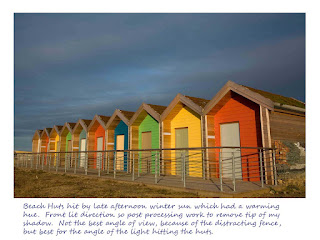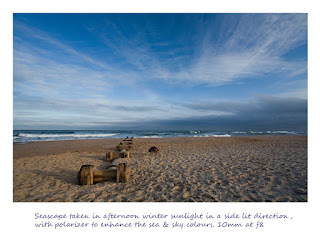This is my first real serious look at a photography book i.e. a book containing the work of others, rather than a "how to" book of photography. There are a couple of points that hit home, before reviewing the work which includes many artists considered icons of 20
th century photography.
The first was that the invention of photography liberated painting from the need to replicate reality, and therefore became a means of documenting history and capturing moods and moments. Social-documentary photography was born with the likes of Lewis
Hine. I find looking at many early photographs depressing in mood, but initially did not consider that this was due to the fact that such photographers were driven by the hope that their images would initiate change. I find this a very interesting concept, and looking through those eyes gives the images greater impact to me.
The photographic movement in France at that time
surrounding Henri Cartier-
Bresson contrasted with this in that the forces driving such photographers were their own aims & style, termed "author's photography". Other movements in photography in the early 20
th century included its use as a means of political
propaganda, surrealism and of course Ansel Adams f/64 group, so called "Straight Photography".
Given the expense and less practical
equipment that was available then, it is even more astounding what images were created at that time. Most of those individuals were required to be technically innovative with their equipment as well as artists. This is particularly apparent with the likes of Ansel Adams and Harold
Edgerton. In modern times, even by middle school, pupils are often separated into "artists" and "non artists", and the A-level system in particular tends to separate science from the arts so pupils can either be one or the other. I suspect not many students study physics with fine art, yet a number of those early photographers were required to be both.
From the entire collection in the book, the artists that stand out to me as those I would like to emulate would be:
Ansel Adams, for his sharp and powerful landscape compositions;
Henri Cartier-
Bresson for his decisive moment; I particularly like Rue
Mouffetard, Paris 1958;
Alfred
Eisenstaedt for his street photography; V-day 1945;
Dorothea
Lange for her moving social documentary photography during the Great Depression;
I remain unmoved by nudes, apart from Edward Weston's "Nude" 1936. I also strongly dislike surrealist photography, and photography which captures strong unpleasant subject matter such as "
Bon Appetit" by Anna & Bernhard
Johanne Blume. Indeed there are some images that I can hardly bear to look at. But I guess that makes them strong, albeit unpleasantly so!

































































